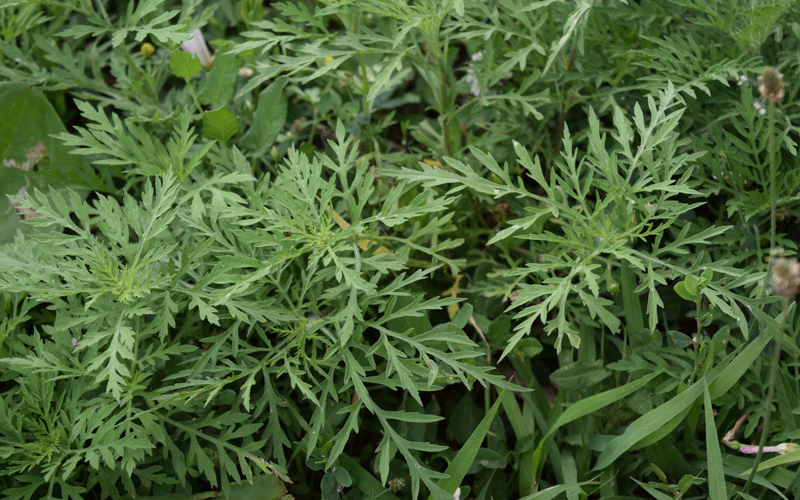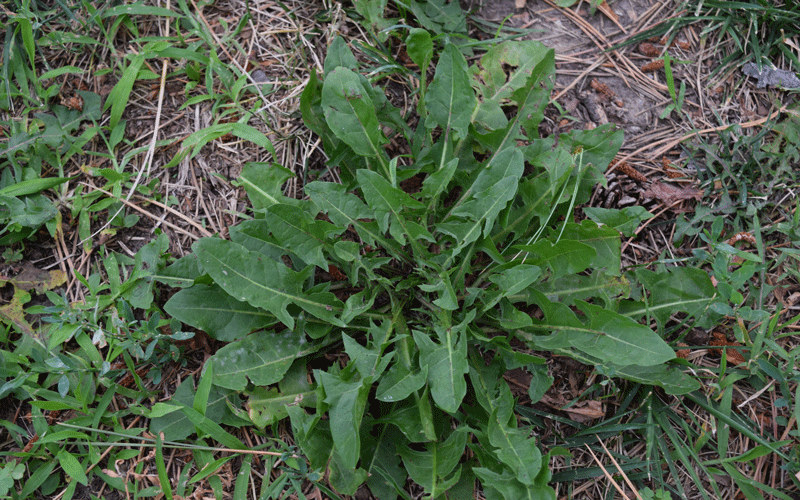Late summer weed control in warm- and cool-season lawns
Late summer weed control in turf is tough because mature weeds require maximum herbicide rates, which in turn increase the chances of turfgrass damage. Plus, high temperatures and potentially droughty soils further enhance chances of poor weed control and/or turf damage. In most cases, it might make sense to wait for a month or two before attempting control. Here’s some advice:
- Cultural control – maintaining a dense turf is critical for limiting weeds. If a site has constant problems with weeds or any other pest, evaluate the growing conditions for soil fertility, compaction, thatch, shade, drainage, etc., and mitigate as needed
- Pay special attention to label precautions – effective summer weed control comes with some risk of injury to turf, so read and follow all label instructions
-
What’s your target?
- Sedges: recent research from the University of Nebraska suggests earlier summer applications are most effective and applications in August may only burn back the foliage
- Summer annuals (crabgrass, spurge, etc.)– they germinate spring through summer and may be throwing seedheads in lawns now. Similar to sedges, applications now will likely only burn back foliage
- Winter annuals –we’re just entering the season for controlling newly germinating winter annuals like annual bluegrass, common chickweed, etc. Preemergence herbicides can be used effectively now, but waiting a month or more and combining PRE herbicide plus a POST herbicide is more effective, flexible, and helps limit resistance development
- Perennials (dandelion, clover, dallisgrass, etc) - we’re also entering the season for control of perennial grasses and broadleaves, where Sept through Nov applications are most effective
- Need more info? – Read and follow all label directions and contact your Envu area sales manager for assistance.




